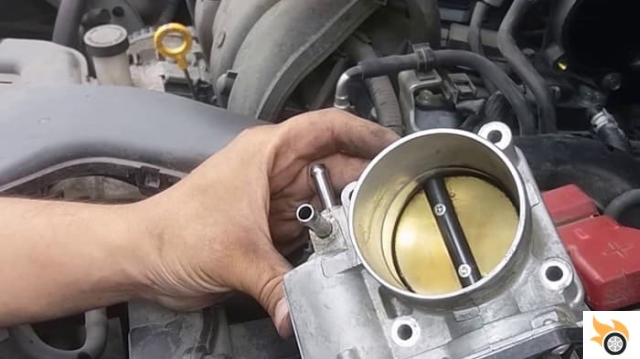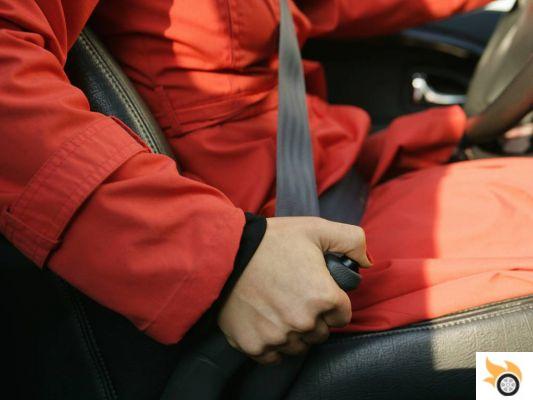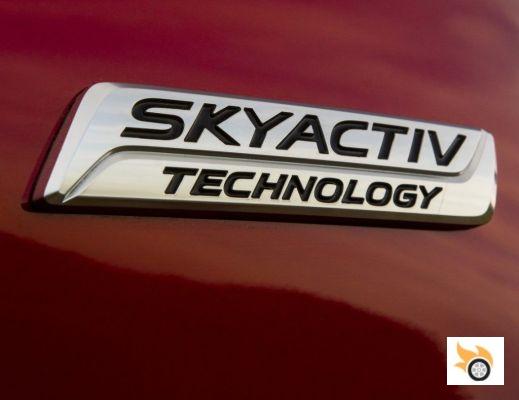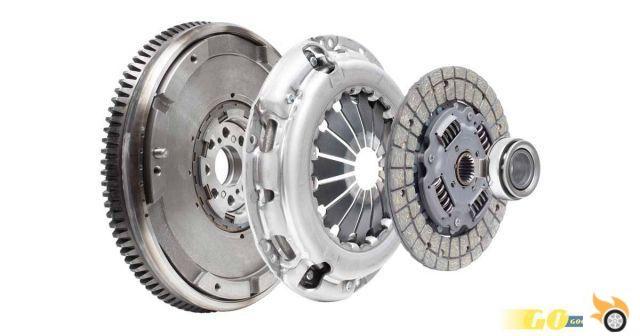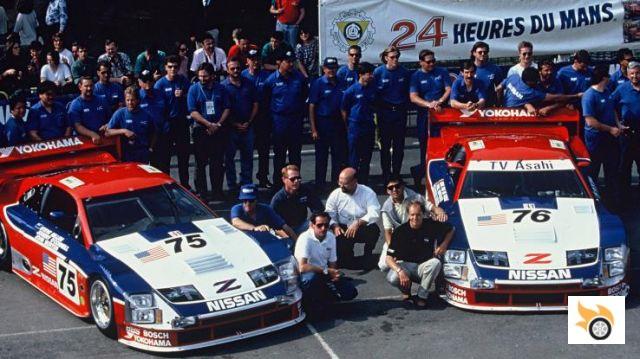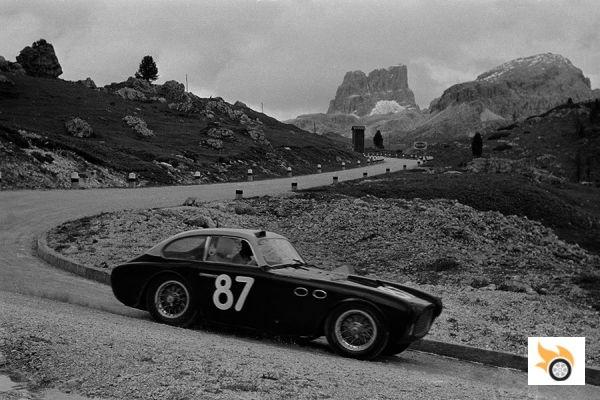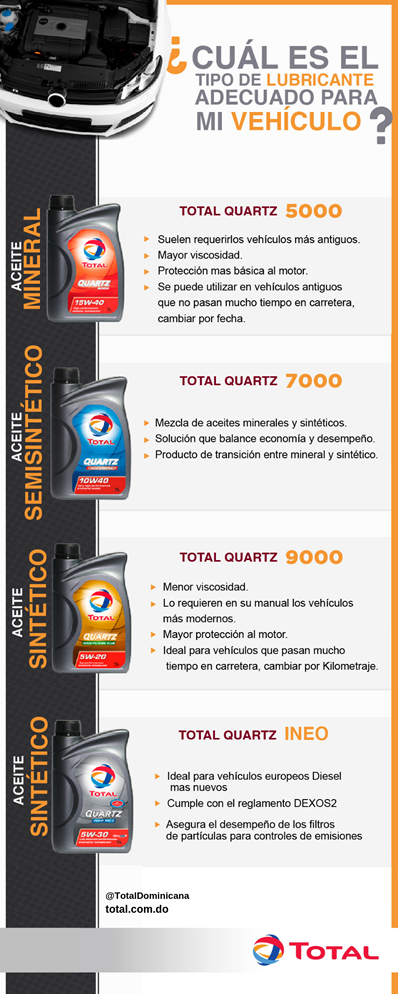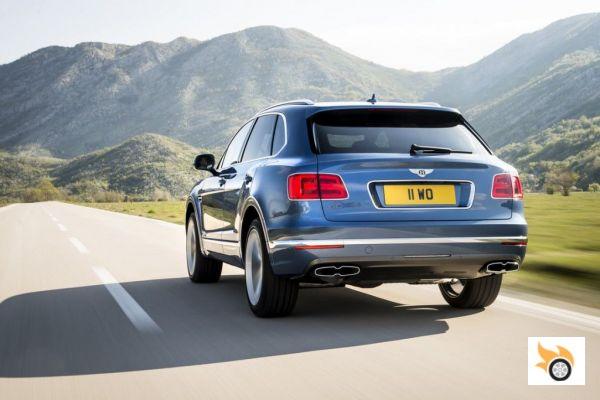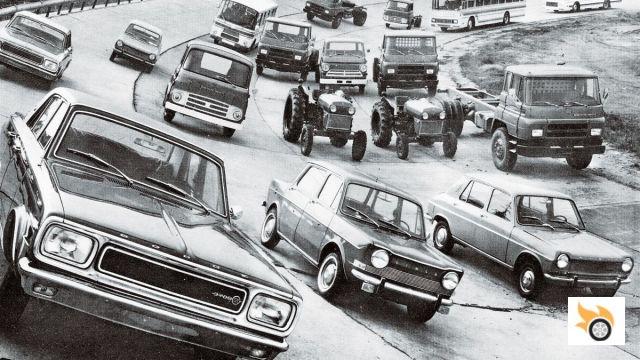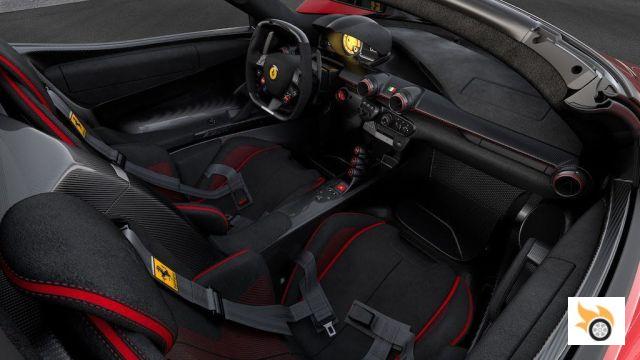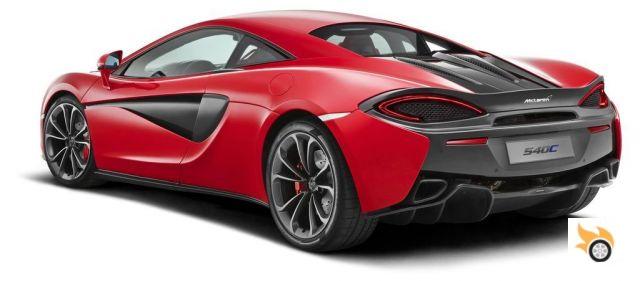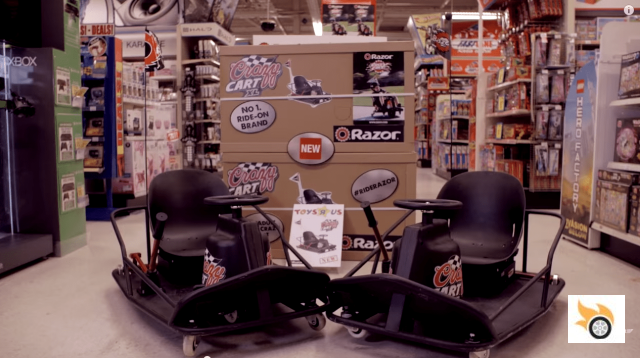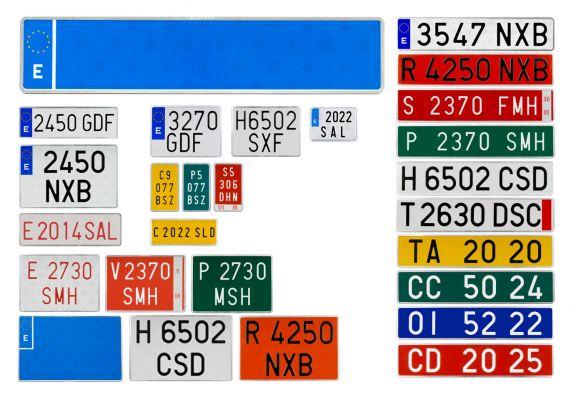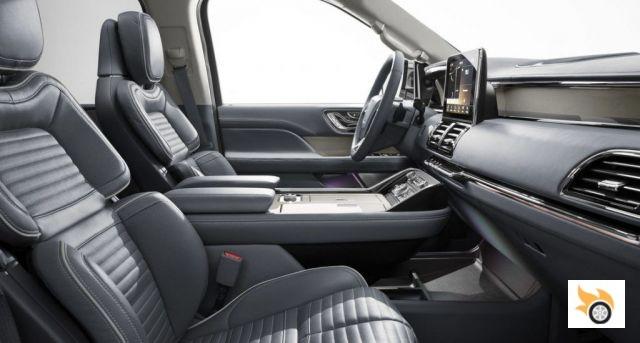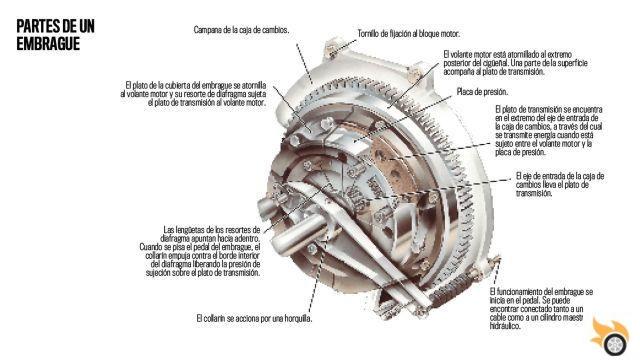
Introduction
The clutch is an essential part of a car's transmission system. Its main function is to allow the connection and disconnection of the engine with the gearbox, allowing smooth and efficient gear changing. In this article, we will provide you with all the information you need about the parts and operation of a car clutch.
What is the clutch and what is it for?
The clutch is a mechanical device that sits between the engine and the gearbox of a car. Its main function is to transmit the power generated by the engine to the drive wheels, thus allowing the movement of the vehicle. In addition, the clutch also enables smooth gear shifting without damaging driveline components.
clutch parts
The clutch of a car is made up of several parts that work together for its correct operation. Next, we briefly explain each of them:
Clutch disc
The clutch disc is a circular piece that is located between the engine's flywheel and the pressure plate. It is composed of a friction disc and a central hub. When the clutch pedal is depressed, the clutch disc separates from the flywheel, thus interrupting power transmission between the engine and the gearbox.
pressure plate
The pressure plate is a metal part that is in contact with the clutch disc. When the clutch pedal is depressed, the pressure plate exerts pressure on the clutch disc, thus allowing power transmission between the engine and the gearbox.
Flywheel
The flywheel is a circular piece that is attached to the engine crankshaft. Its main function is to store kinetic energy and provide a smooth movement to the engine. In addition, the flywheel also helps reduce vibrations generated by the engine.
release collar
The release collar is a moving part found at the end of the gearbox input shaft. Its function is to push the pressure plate when the clutch pedal is depressed, thus separating the clutch disc from the flywheel.
clutch operation
The operation of the clutch is based on the principle of friction. When the clutch pedal is depressed, the clutch disc separates from the flywheel, thus interrupting power transmission between the engine and the gearbox. This allows smooth gear shifting without damaging driveline components. Releasing the clutch pedal brings the clutch disc back into contact with the flywheel, thus restoring power transmission.
Types of Clutch Systems
There are different types of clutch systems used in cars. Here are the most common ones:
single disc clutch
The single disc clutch is the most common type of clutch used in cars. It is composed of a single clutch disc and a pressure plate. It is simple and inexpensive to manufacture, and provides good performance in most situations.
Bi-disc clutch
The double-disc clutch is a type of clutch that uses two clutch discs and a pressure plate. This type of clutch is used in high performance cars, as it allows higher levels of power to be transmitted without overloading the components of the transmission system.
Hydraulic clutch
The hydraulic clutch is a type of clutch that uses a hydraulic system to transmit power between the engine and the gearbox. This type of clutch provides a smooth and precise gear change, and is especially used in high-end cars.
Common Clutch Malfunctions
The clutch of a car can present different types of failures throughout its useful life. Some of the most common faults are:
Clutch disc wear
With continued use, the clutch disc can wear down and lose its ability to transmit power efficiently. This can cause skids and difficulty changing gears.
Leaks in the hydraulic system
In the case of hydraulic clutches, it is possible for them to leak in the hydraulic system. This can cause a loss of pressure and difficulty in engaging the clutch.
Breakage of the release collar
The release collar can break due to material fatigue or misuse of the clutch. This can cause difficulty in engaging the clutch and hard gear changes.
Frequently Asked Questions
What is the useful life of a clutch?
The useful life of a clutch can vary depending on the type of driving and the maintenance that has been given to it. Under normal conditions, a clutch can last between 80.000 and 120.000 kilometers.
How can I tell if my clutch is worn?
There are several symptoms that can indicate clutch wear, such as difficulty changing gear, slippage or strange noises when operating the clutch pedal. If you experience any of these symptoms, it is recommended that you go to a specialized workshop to have the condition of your clutch checked.
Conclusion
The clutch is an essential part of a car's transmission system. Its correct operation is key to a smooth and efficient gear change. In this article, we have provided detailed information about the parts and operation of the clutch, as well as the different types of systems and the possible failures that can occur. We hope this information has been useful to you and helps you better understand how your car works.
Until next time.




